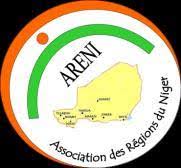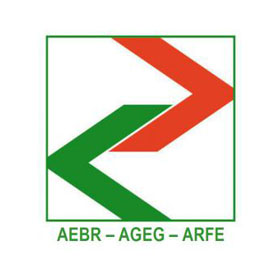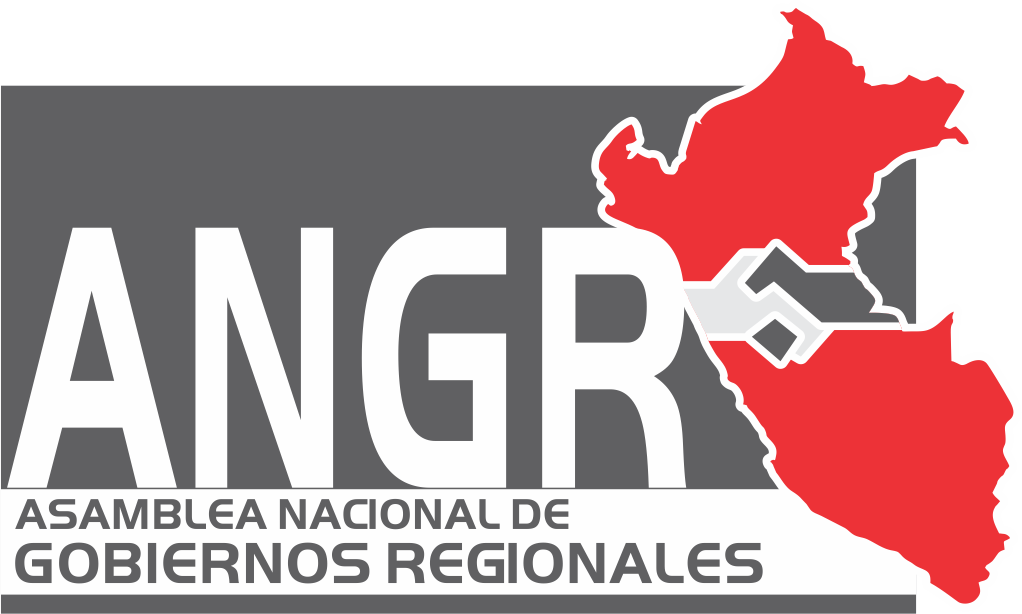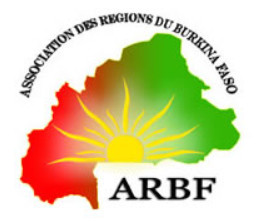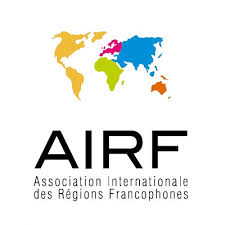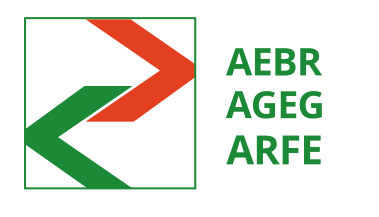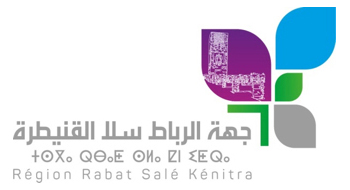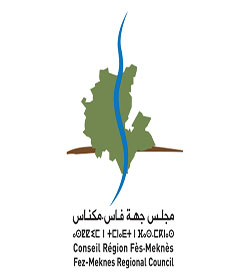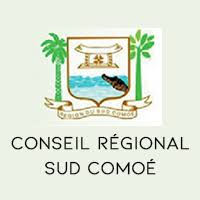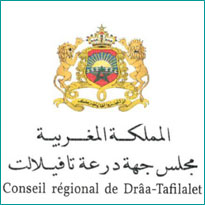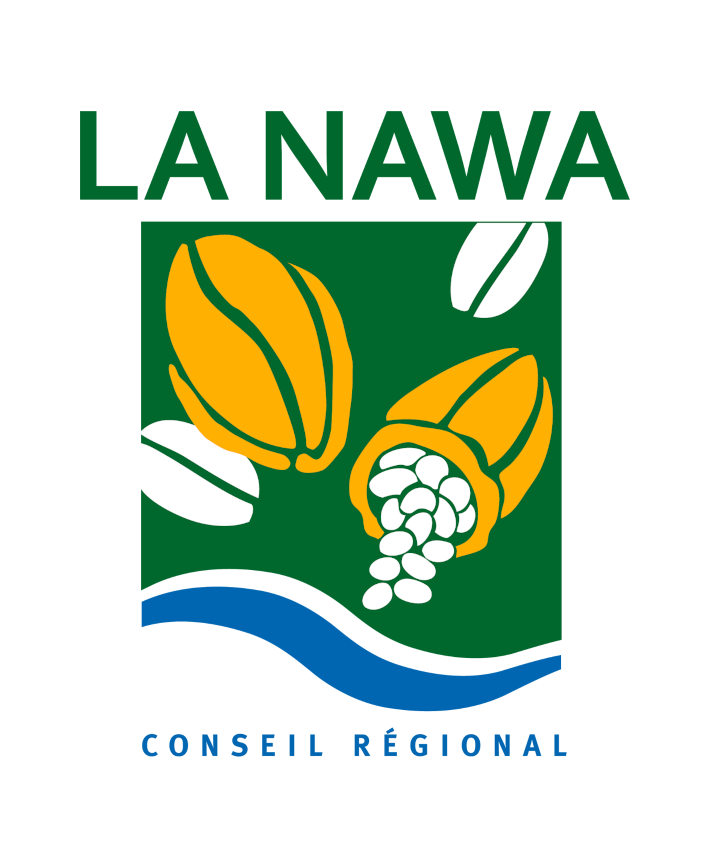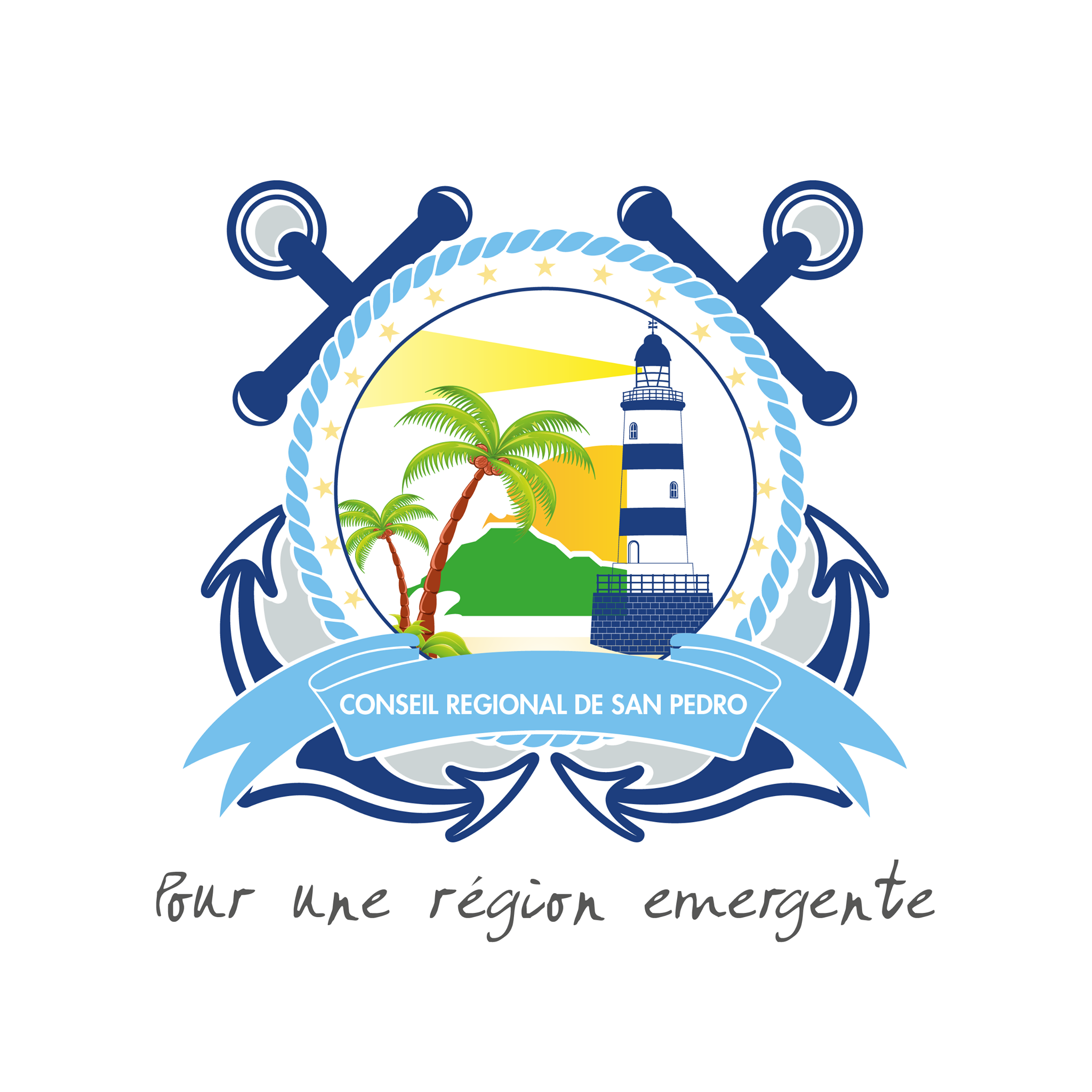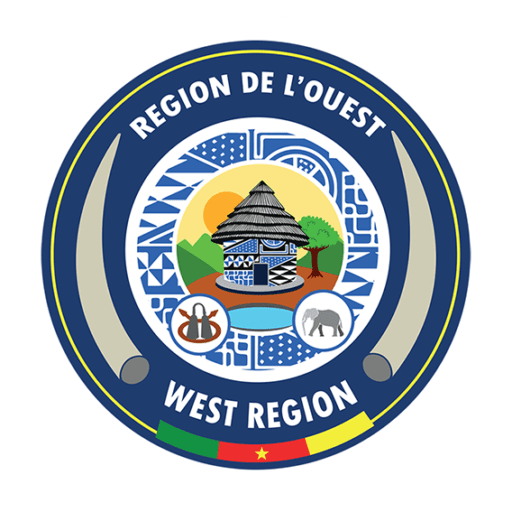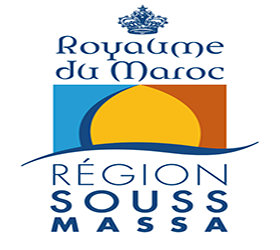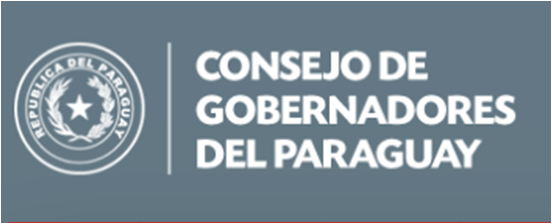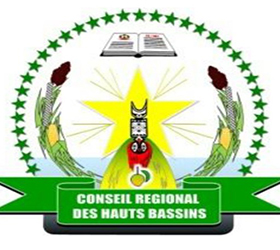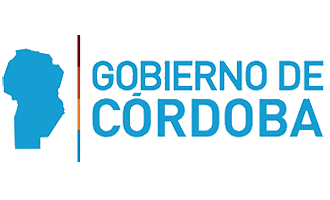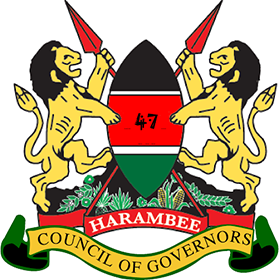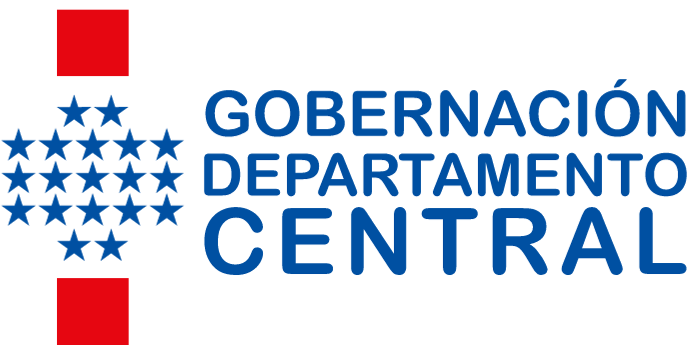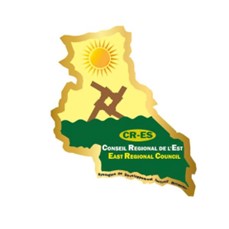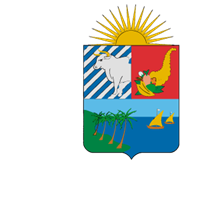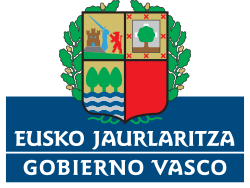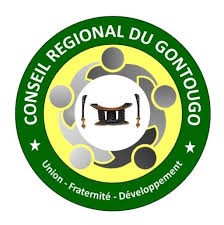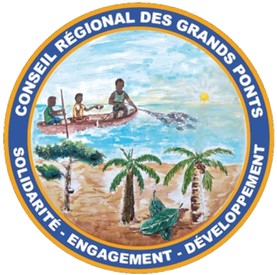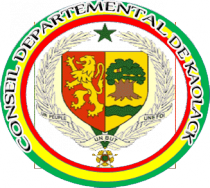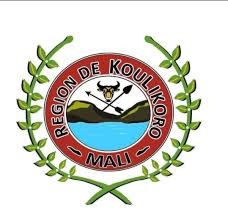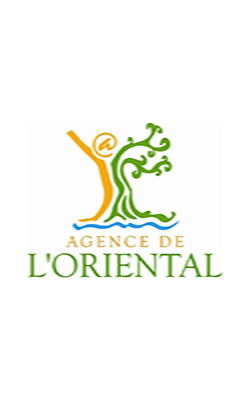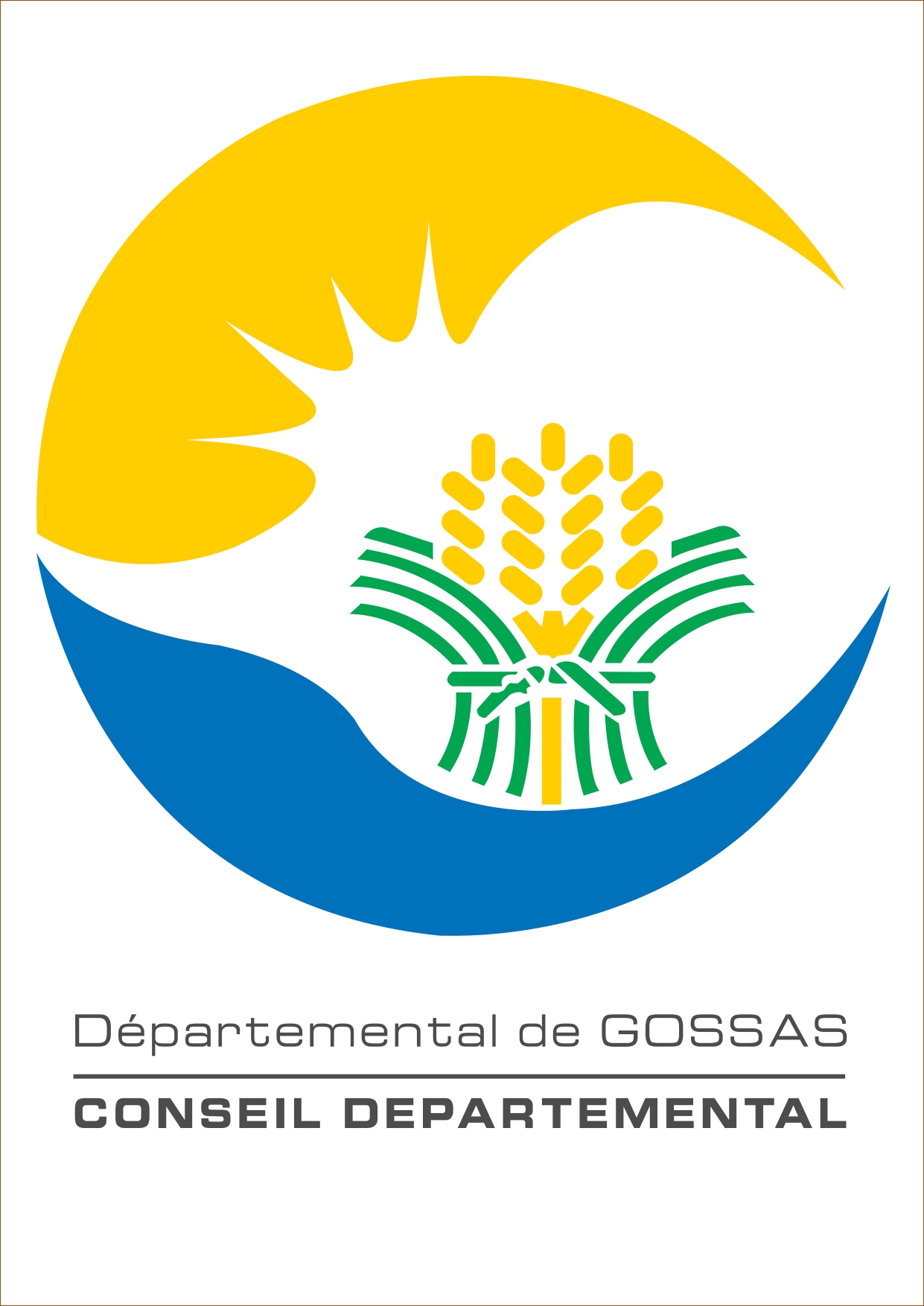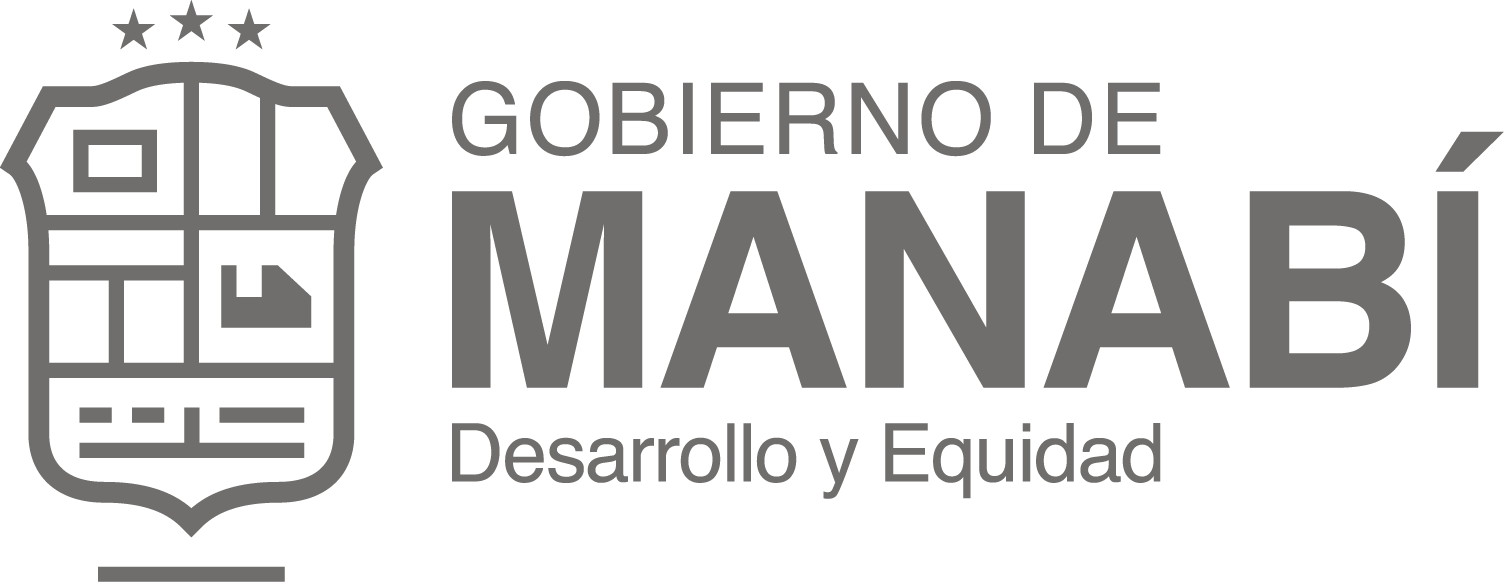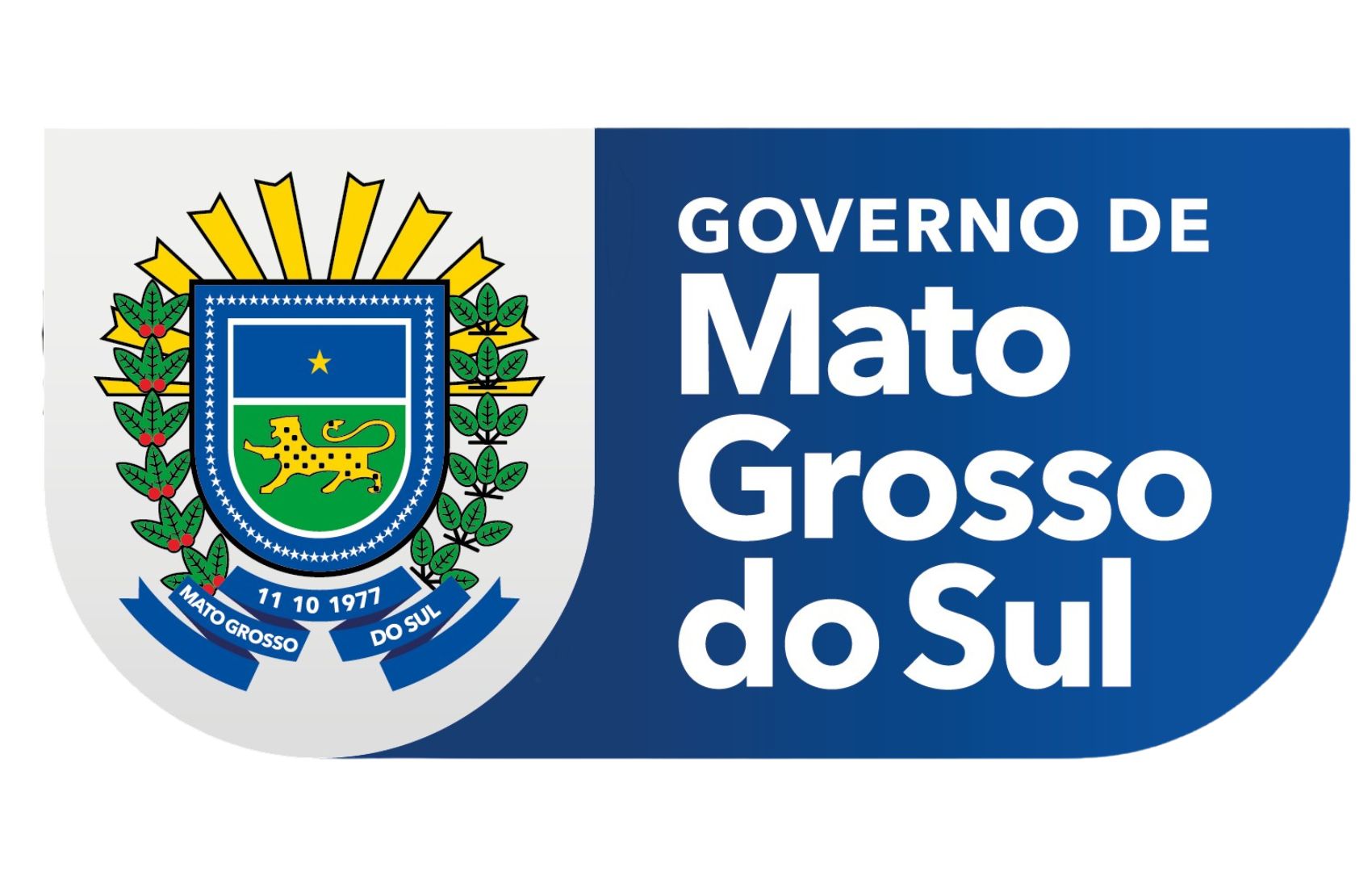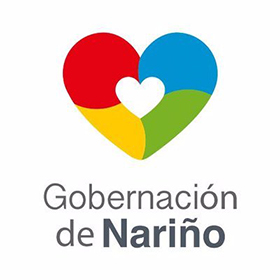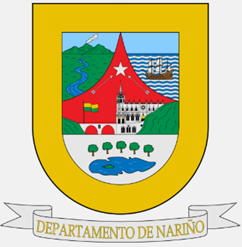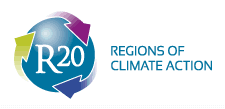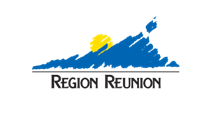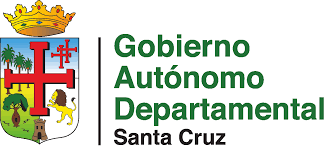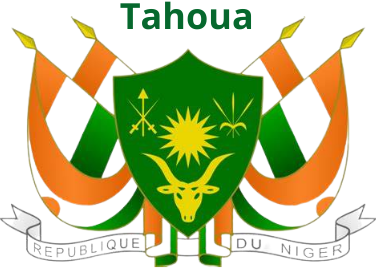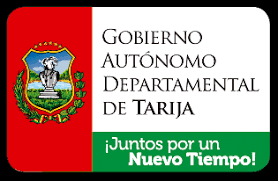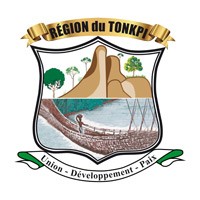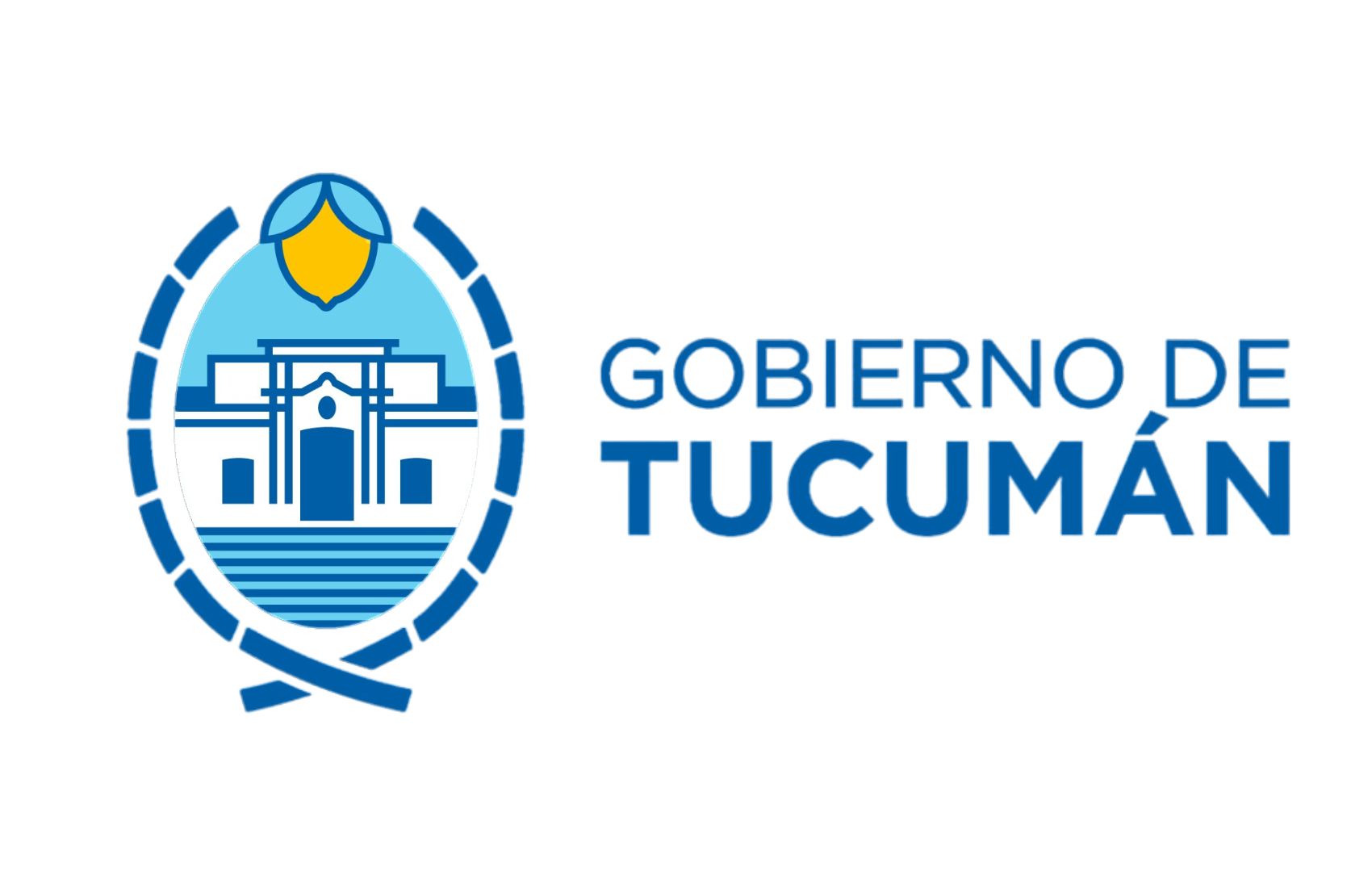Challenges and opportunities for Regions in the implementation of the SDGs

nrg4SD views and plan of action for the post-2015 Development Agenda
The United Nations Rio+20 Conference, held in Rio de Janeiro 2012, initiated a very unique process of transformation and inception of new institutions at the international system to guide the world’s development towards a sustainable path. Along the many decisions adopted, the process for the definition of the Sustainable Development Goals (SDGs) can be considered one of the most important global agendas for countries and non-state actors.
After a comprehensive process of negotiations and consultations over the last three years, the UN Summit on Sustainable Development, held in New York on 25-27 September, celebrated the adoption of the “Transforming our world: the 2030 Agenda for Sustainable Development”. This ambitious agenda builds on the Millennium Development Goals (MDGs), encompassing 17 universal and transformative SDGs.
Additionally, the commitment adopted in New York recognizes the importance of fully reflecting all the three aspects of Sustainable Development (environmental, economic and social). The SDGs process also emphasizes the importance of a broad participation of all actors, including regional governments.
The document consists of a universal plan of action to eradicate poverty – the greatest global challenge -, by means of sustainable development. It brings many innovative elements that extrapolate the UN “business-as-usual”. For example, the 2030 Agenda for Sustainable Development recognizes that inequalities need to be tackled not only among countries, but also within them. This creates unprecedented opportunities for the international community to address gaps and needs at the subnational level.
With that in mind, it is important to call the attention to the role and contributions that regional governments can provide for the transformation of the world’s development agenda. Based on exclusive and shared competencies, regions will be key partners to the implementation of the SDGs on the ground. Their holistic and integrated territorial approach can enable the realization of the majority of the goals and targets. Indeed, the institutions, services and legislative frameworks provided by regional governments are paramount in ensuring education for all (SDG 4), protection of ecosystems and biodiversity (SDG 15), as well as promoting sustainable industrialization and resilient infrastructure (SDG 9).
Regions have participated actively of the process of definition of the SDGs. The nrg4SD, in particular, as one of the Organizing Partners of Local Authorities Major Group of the UN, attended all the negotiation sessions, advocating for the express recognition, and consequently effective empowerment, of regional governments in this paradigm shift towards sustainable development.
However, this is not enough. We now face the challenge of implementation, that is, ensuring that this transformation will become a reality in all territories. With a very pragmatic view of the barriers that regional governments will find in the implementation of this agenda, the nrg4SD issued a Concept Note on the Post-2015 agenda.
At the core of this framework, new and improved governance systems, both at the international and national/subnational levels are necessary. In this context, regions will have to address a number of questions, for instance: which and how institutions will be redesigned, created or improved? How it is possible to integrate different internal departments and ministries to address the complex thematic content? Which mechanisms will allow civil society participation?
How is your region planning to address the SDGs in its territory?
With these questions in mind, nrg4SD members were invited to reflect on what they needed to do individually, and how the network could support them in achieving the SDGs. At nrg4SD’s last General Assembly (September 7, 2015, Western Province, Sri Lanka), members approved an important initiative to support regions in this very ambitious task: together with international organizations and experts, nrg4SD will design a toolkit on the implementation of the SDGs by regional governments.
Based on the gaps identified and concrete experiences of member regions, the toolkit will provide a basic guide of the necessary steps that regions should focus in establishing an institutional architecture for the implementation of the SDGs.
More than ever, regions are called to collaborate and support each other on implementing their respective SD strategies and plans. Likewise, it is fundamental to guarantee visibility of regional governments’ contributions to the global efforts towards a sustainable development path. Specific funding and capacity-building opportunities should be provided to support regional governments who are at the forefront of subnational initiatives.
The SDGs framework and the Conference on Financing for Development (FfD) have set the scenario for the so-called post-2015 momentum. Additionally, we must look upon the upcoming of the next Conference of the Parties within the UN Framework Convention on Climate Change (COP 21/UNFCCC), to be held in Paris, December this year, as well as the United Nations Conference on Housing and Sustainable Urban Development (Habitat III), to take place in Quito, October 2016. These different intergovernmental processes should contribute to the implementation of the SDGs, and explore the expertise, the structure, and the commitment of regions.
Gamini Thilakasiri
Minister of Agriculture, Agrarian Development, Minor Irrigation, Industries, Environment, Arts and Cultura Affairs of Western Province, Sri Lank. Co-Chairman of nrg4SD




